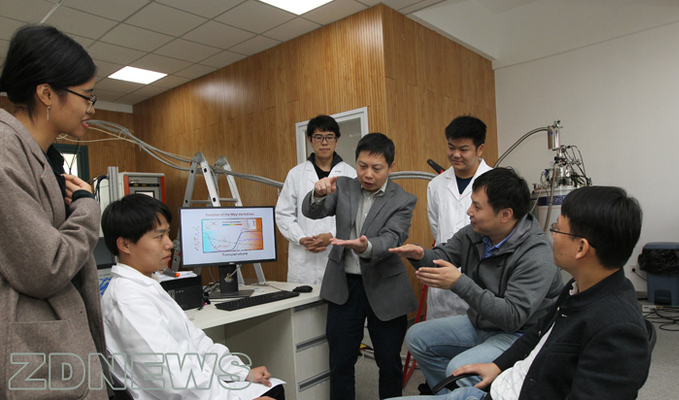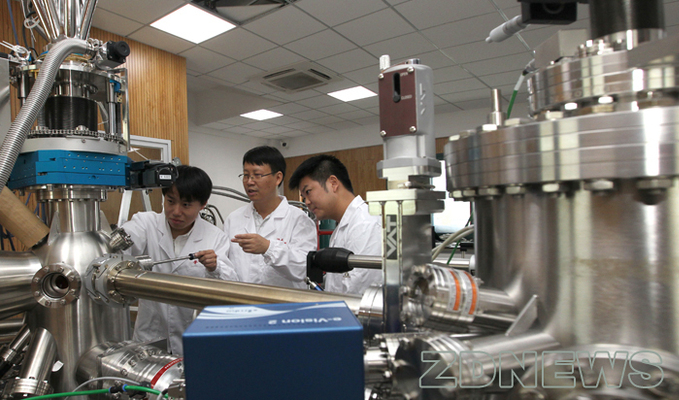When “Weyl” meets Heavy Fermions
The research team, led by Prof. YUAN Huiqiu from the Center for Correlated Matter and Department of Physics, Zhejiang University, obtained empirical evidence for the existence of Weyl fermions in the heavy fermion semimetal, thereby providing a novel platform for the exploration of the interplay between topology and strong electronic correlations. Their findings are published in the November 5 issue of the journal of Nature Communications.
We can use two common daily objects to explain what topology is: a donut and a coffee mug. The two are considered topologically equivalent as each has a hole—the ear of the mug and the center of the donut. In other words, topology explains how a material’s shape can be completely deformed into a new one without losing its core properties. Today, topology has evolved into a wide spectrum of physics sub-fields promising a host of practical applications ranging from supercomputing to superconductors.
Weyl fermions are massless chiral fermions that are considered a building block for fermions in quantum field theory, and were predicted from a solution to the Dirac equation derived by Hermann Weyl called the Weyl equation. In recent years, the manifestation of Weyl fermions in strongly correlated electron systems has been of particular interest to researchers.

YUAN Huiqiu et al. report evidence for Weyl fermions in the heavy fermion semimetal YbPtBi from electronic structure calculations, angle-resolved photoemission spectroscopy, magnetotransport and calorimetric measurements. At elevated temperatures where 4f-electrons are localized, there are triply degenerate points, yielding Weyl nodes in applied magnetic fields. These are revealed by a contribution from the chiral anomaly in the magnetotransport, which at low temperatures becomes negligible due to the influence of electronic correlations. Instead, Weyl fermions are inferred from the topological Hall effect, which provides evidence for a Berry curvature, and a cubic temperature dependence of the specific heat, as expected from the linear dispersion near the Weyl nodes. The results suggest that YbPtBi is a Weyl heavy fermion semimetal, where the Kondo interaction renormalizes the bands hosting Weyl points.

These findings may open up the opportunity to delve into the intriguing relationship between Weyl fermions, electron–electron correlations and quantum criticality.